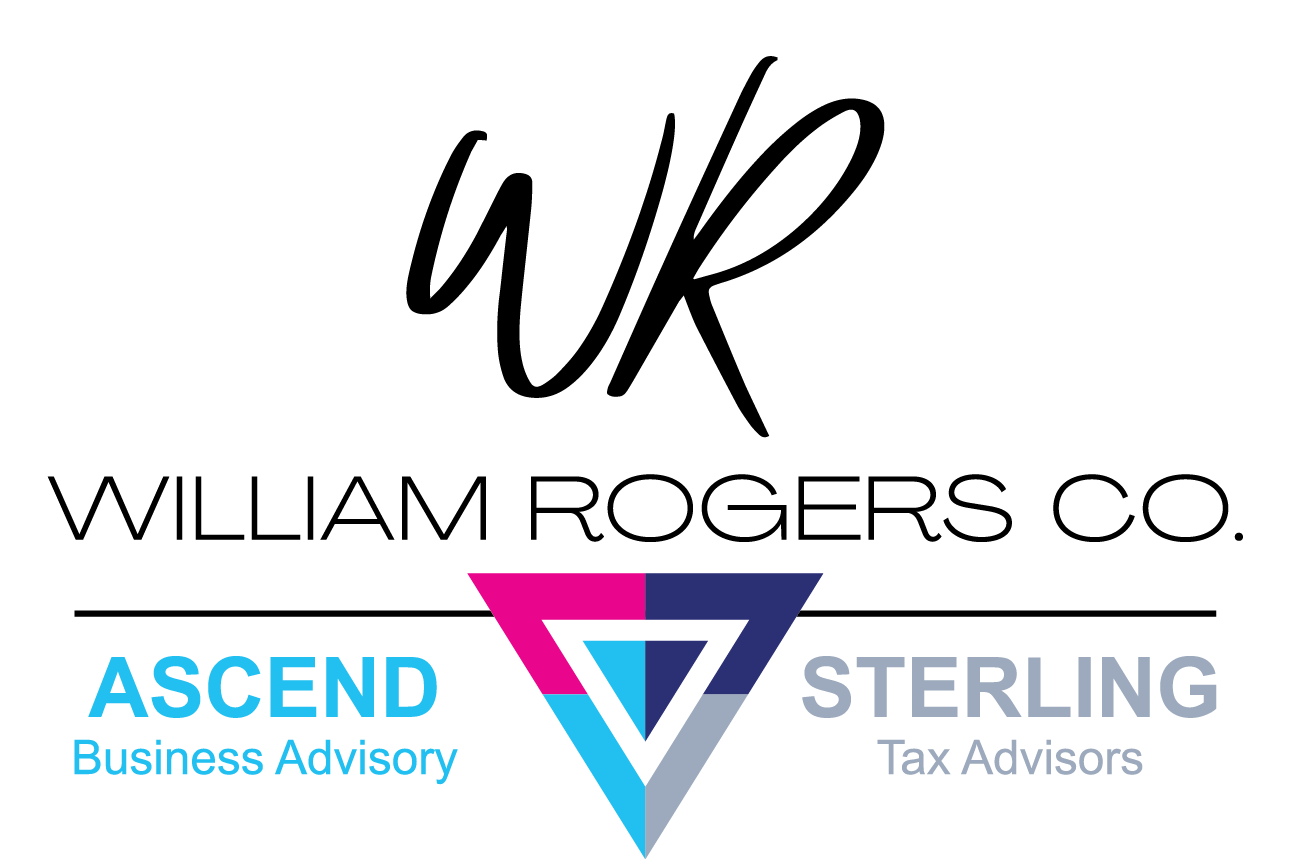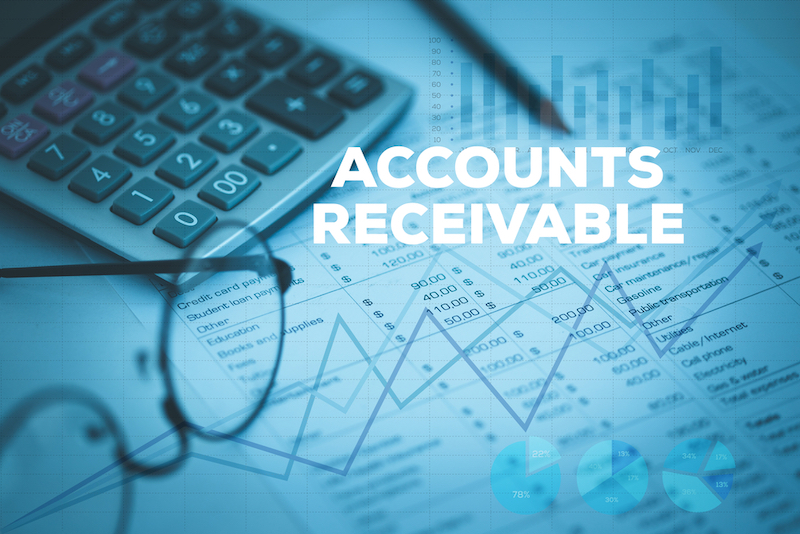It has been a great quarter; sales are up, and new orders are rolling in. So why don’t you have enough cash to keep the business going comfortably? Most likely, the problem is an account receivable issue. Outstanding account receivables (AR) issues are normally associated with slow pay or bad debt customers, but they can also hit an organization experiencing unusual growth. Every company experiences it at some point in time. So how can you reliably reduce outstanding accounts receivables?
What Are Accounts Receivable?
Maybe we should start by defining an account receivable. In its simplest terms, a receivable is an invoice (or other billing) that has not been paid. Receivables are carried as an asset on the balance sheet because they represent money legally due to the organization. The problem occurs when customers are late (late defined as after terms) paying an invoice or fail to pay at all.
Outstanding accounts receivables can have a genuine cost, particularly for those businesses that extend payment terms to their customers. In essence, a company is extending a short-term loan to a customer when they allow them to buy now and pay later. However, the cost of extending these terms (typically 30, 45, or 60 days) can be calculated in the pricing of the goods or services sold. It’s when a customer pays late, and the company has to draw on its own cash or line of credit to cover the cost of goods or services sold that things can get dicey.
How To Measure Outstanding AR
Receivables need to be monitored and measured to ensure your company does not become your customers’ interest-free bank. So, how do you calculate accounts receiving outstanding? Days sales outstanding (DSO) is a standard measurement that determines the average number of days it takes to get paid. A high DSO result may indicate a serious cash flow position, while a low (45 days or less) result indicates a good collection effort.
To calculate the DSO, divide the total number of accounts receivable by the total dollar value of credit sales for the period measured and multiply the result by the number of days in the period. The DSO will give you a trend, but you need much more granular reporting to control receivables. The formatting of those reports will depend on your individual business and collection policies.
Tips to Speed Up Receivables
We can’t overstate the importance of getting paid on time. So to help you in that endeavor, try:
- Stating Payment Terms Clearly on Invoice. The process begins with the salesperson stating the terms at the time of sale. If the deal involves a contract, terms should hold a prominent position in the document. But you might be surprised how prompt payments become when the terms are spelled out on the invoice.
- Offer a Discount for Prompt Payment. This might be appropriate, particularly for large volume customers. Offer a percentage discount if the invoice is paid within ten days rather than 30.
- Establish a Reminder System. Several automated accounting systems feature the ability to send a reminder email 7 or 5 days before the due date.
- Be Proactive in Collecting Unpaid Invoices. You can send collection letters or email, but nothing is more effective than a phone call, particularly with B2B sales. That call can be from the salesperson or an experienced AR staff.
There are times when you can work with a customer and others when you have to cut bait. Be sure you know the difference between the two. Don’t hang on to hope. Write off bad debt and get your balance sheet and income statement giving you an accurate picture of your financial health again.
For assistance in developing an effective account receivable control plan, contact the specialists at ASCEND Business Advisory for a consulting appointment. Improve your cash flow and speed up your collections now!

